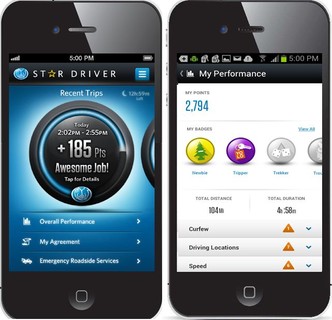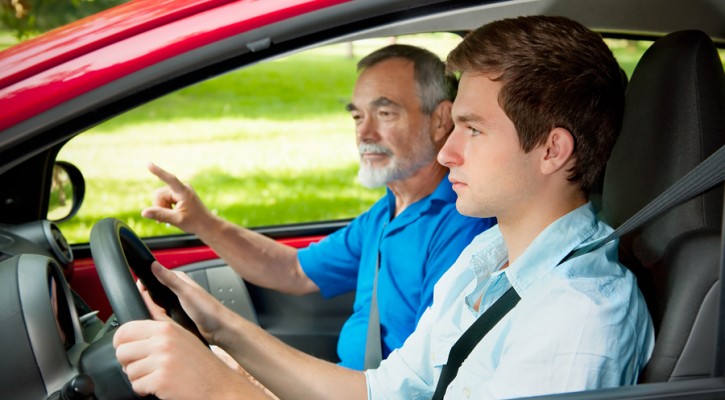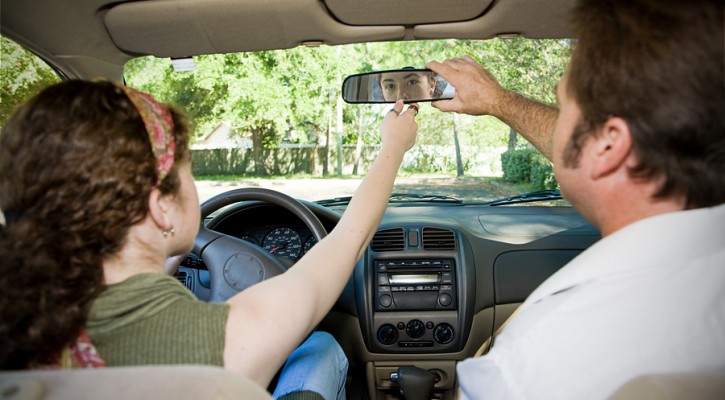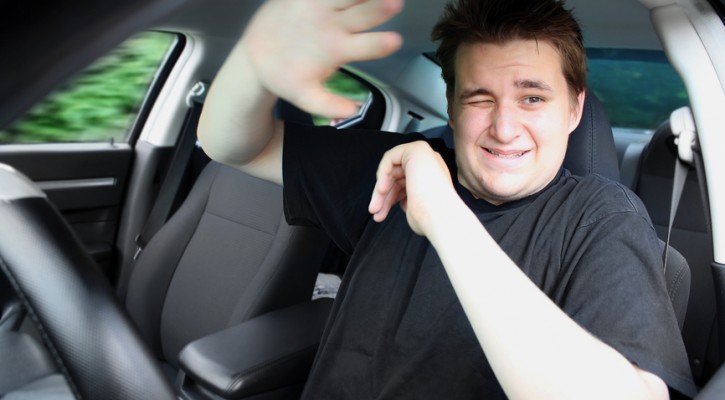Category Archive: Driving Skills

Allstate Launches New AppTo Monitor Teen Driving Behaviors
June 6, 2014
Allstate Insurance has launched a new smartphone app for its customers to “identify and teach safe driving behaviors” in teen drivers. The app, called “Star Driver” is different from most teen driver monitoring system in that it used the smartphone rather than a plug-in module for the vehicle. This app follows the previously released app, “Drivewise” that all Allstate customers can use to receive feedback on safe driving behaviors and “earn rewards”. Read more: Allstate Launches Star Driver® to Help Protect Young Drivers
Photo compliments Allstate Insurance

Teen Drivers Face Many Dangers; Parental Involvement Key To Safe Driving
May 6, 2014
The statistics don’t look good for teen drivers and parental involvement to reduce the rate of teen crashes is more important than ever. Teens are involved in more crashes per mile driven than any other age group and are involved in seven times as many crashes per mile driven than drivers in their 40’s, 50’s, or 60’s. With prom and graduation season approaching, New Canaan CT Police Chief, Leon Krolikowski, writes about the dangers faced by teen drivers and the need for parental involvement to keep teen drivers safe behind the wheel. Read more: Good time of year to remind teens why it’s worth driving safely

Study: Parents Don’t Devote Enough Time To Driving Instruction
April 18, 2014
One of the major problems with the US system of training teens to drive is that parents don’t have the training they need to properly train their teens to drive. While driving may be second nature to parents, it’s all new to the teen and with the teen at the wheel, parents miss out on a lot of “teachable moments.”
Researchers at the Highway Safety Research Centre at the University of North Carolina installed video cameras to see how much time parents actually devoted to driving instructions when teaching their teens to drive. The videos showed that parents spend more time on rudimentary vehicle handling techniques and not enough time on “higher order” techniques that will teach the teen to anticipate and plan for possible hazards ahead. Read more: Parents’ driving instruction often superficial

Graduated Driver License Calculator
April 6, 2014
Graduated Driver License Laws (GDL) were created so that teen drivers can gain the driving experience they need to survive a crash. Laws that limit the hours they drive and the number of passengers they can carry have proven to be life savers.
The Insurance Institute for Highway Safety created this calculator to show which states have the strongest laws for protecting teen drivers. By plugging in your state, you can see what GDL laws are in place and how they stack up to the states with the strongest laws. Read more: GDL crash reduction calculator

Top Ten Bad Driving Habits By Teens
March 9, 2014
When teens first start learning to drive, they are usually very careful and willing to listen to advice but, once they get their operator’s license and start driving on their own, some seem to think that all the rules and safe driving advice were just for the driving exam and no longer apply to them. That attitude quickly turns to tragedy for some with an average of six teens killed and 493 injured in traffic crashes every day. More than half of all teen crashes are single vehicle crashes, meaning that, due to high speed or distractions, the teen ran off the road and crashed; no other cars were involved.
The following list of bad teen driving habits isn’t in any particular order. One could be just as bad as another but separately or combined, they are all dangerous.
1. Driving distracted – One of the biggest hazards on the road today is distracted driving. We’ve all heard about the dangers of texting and cell phone use but there are other distractions as well, such as;
- Paying more attention to passengers than to the road ahead.
- Eating and drinking
- Loud music
- Applying makeup
- Looking at things out the window instead of at the road.
- Adjusting the radio or loading CDs
All of these distractions can take your eyes off the road just long enough for a dangerous problem to creep up unnoticed. Continue Reading
